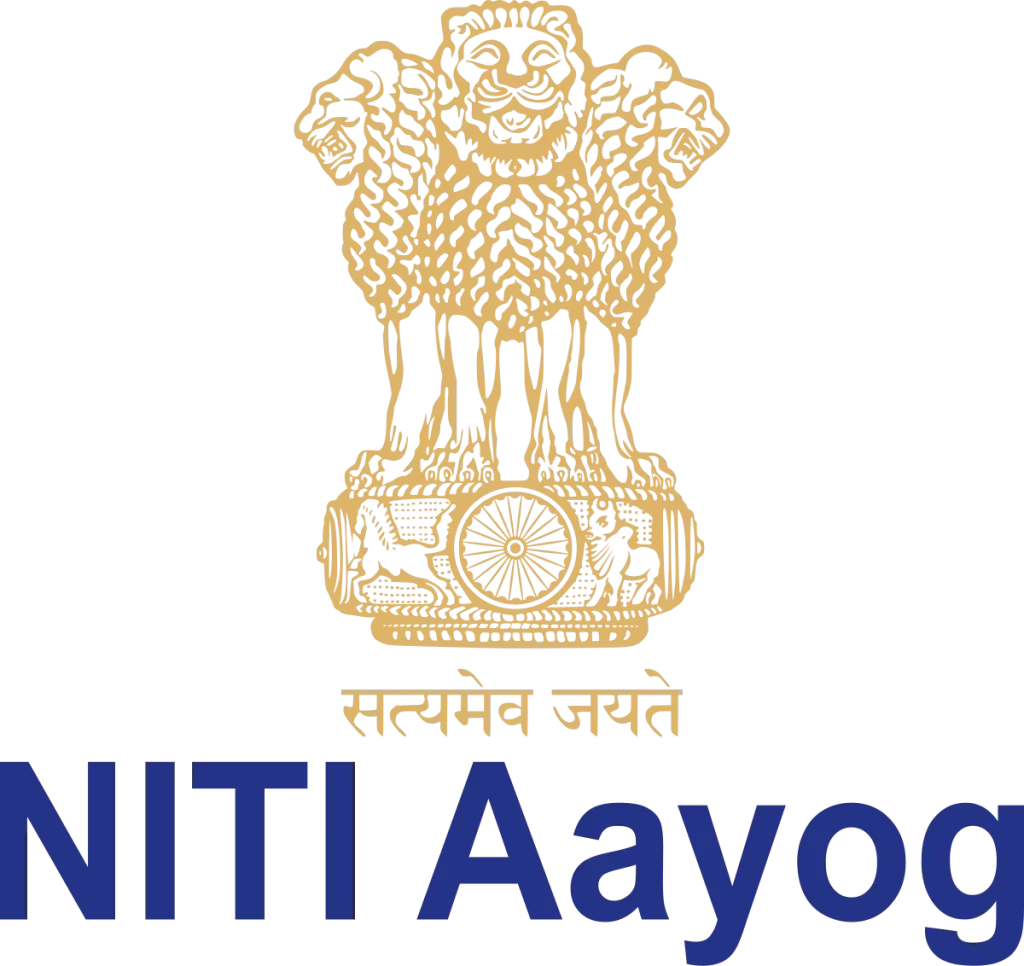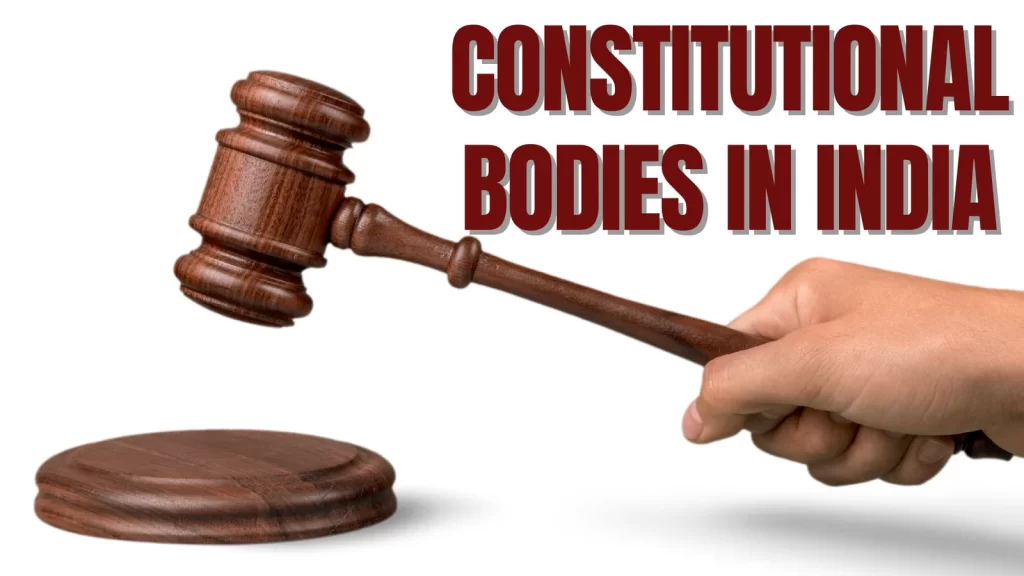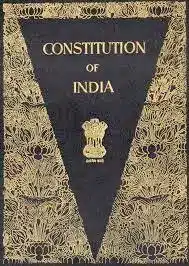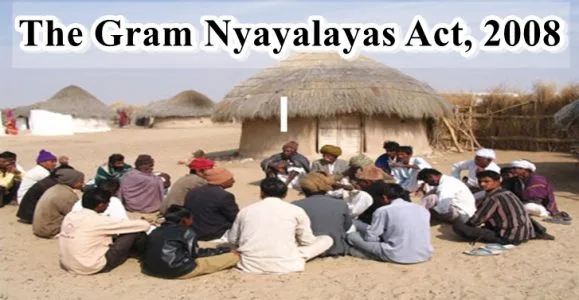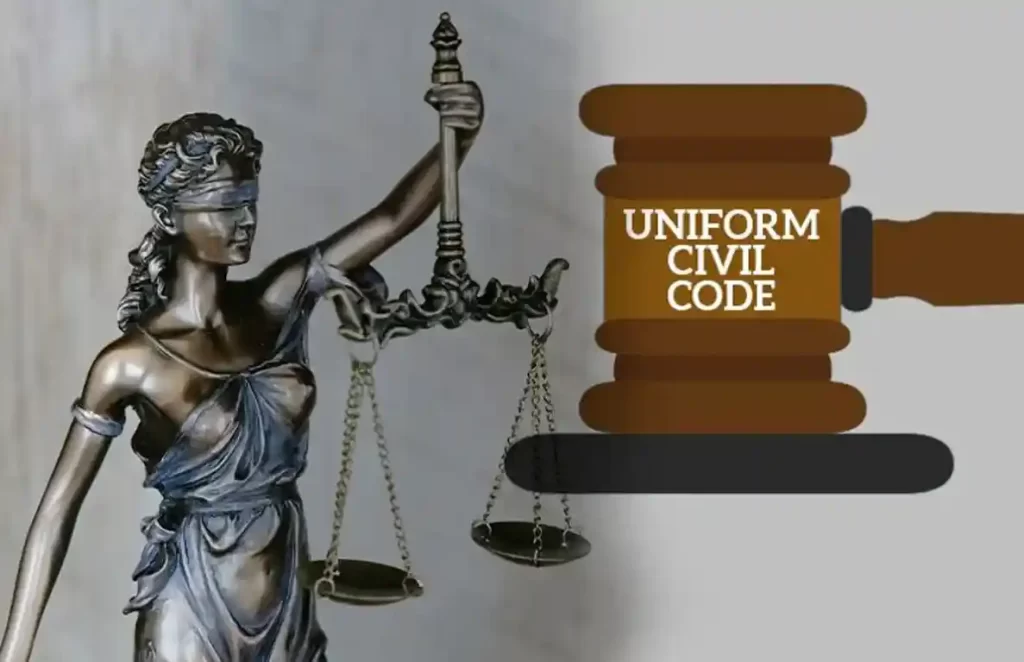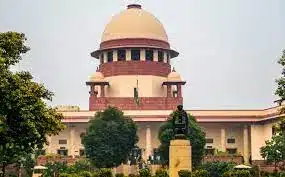Introduction of Basic Structure Doctrine
The doctrine of the basic structure holds that the constituent power of Parliament under Article 368 does not enable it to alter the ‘basic structure’ of the Constitution.
It was in the Kesanvnda Bharati vs State of Kerala case, that the Constitutional Bench of the Supreme Court ruled by a 7-6 verdict that Parliament could amend any part of the Constitution so long as it did not alter or amend the basic structure or essential features of the Constitution.
- The basic structure doctrine was first articulated by the Indian Supreme Court in the case of Kesavananda Bharati v State of Kerala. The doctrine imposes substantive limits on constitutional amendment powers.
- It holds that while the legislature has the power to amend the constitution according to the stated procedure; such power is subject to an implied limitation that the amendment must not destroy the “basic structure” or “basic features” of the constitution.
- A key characteristic of the doctrine is that it is judicially developed and declares these to be Unamendable.
Evolution of the Basic Structure Concept
The concept of the basic structure of the constitution evolved over time. In this section, we shall discuss this evolution with the help of some landmark judgements related to this doctrine.
Shankari Prasad Case (1951)
- In the Shankari Prasad case (1951), the constitutional validity of the First Amendment Act (1951), which curtailed the right to property, was challenged.
- The Supreme Court ruled that the power of the Parliament to amend the Constitution under Article 368 also includes the power to amend Fundamental Rights.
- The word ‘law’ in Article 13 includes only ordinary laws and not the constitutional amendment acts (constituent laws). Therefore, the Parliament can abridge or take away any of the Fundamental Rights by enacting a constitutional amendment act and such a law will not be void under Article 13.
Golaknath case (1967)
- In the Golak Nath case (1967), the Supreme Court reversed its earlier stand. In that case, the constitutional validity of the Seventeenth Amendment Act (1964), which inserted certain state acts in the Ninth Schedule, was challenged.
- The Supreme Court ruled that the Fundamental Rights are given a ‘transcendental and immutable’ position and hence, the Parliament cannot abridge or take away any of these rights.
- A constitutional amendment act is also a law within the meaning of Article 13 hence, would be void for violating any of the Fundamental Rights.
- The Parliament reacted to the Supreme Court’s judgement in the Golak Nath case (1967) by enacting the 24th Amendment Act (1971). This Act amended Articles 13 and 368. It declared that the Parliament has the power to abridge or take away any of the Fundamental Rights under Article 368 and such an act will not be a law under the meaning of Article 13.
Kesavananda Bharati case (1973)
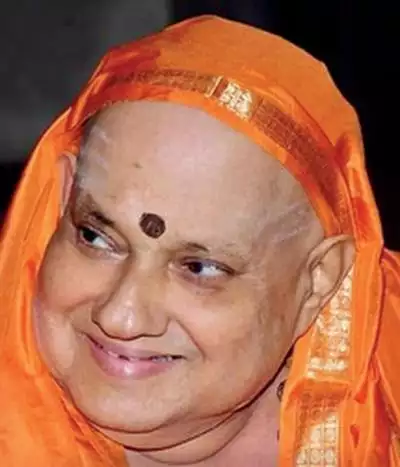
The Kesavananda Bharati judgement is one of the most important judgements in the history of Indian and even global constitutionalism. It was unprecedented: it was decided by a 13-judge constitutional bench of the Supreme Court – never again has such a bench been constituted. Perhaps India has the longest Constitution in the world, and this is one of the longest judgments in the history of Indian constitutionalism, thereby making it one of the longest in global constitutionalism as well.
In the Kesavananda Bharati case (1973), the Supreme Court overruled its judgement in the Golak Nath case (1967). It upheld the validity of the 24th Amendment Act (1971) and stated that Parliament is empowered to abridge or take away any of the Fundamental Rights. At the same time, it laid down a new doctrine of the ‘basic structure’ (or ‘basic features’) of the Constitution.
- It ruled that the constituent power of Parliament under Article 368 does not enable it to alter the ‘basic structure’ of the Constitution. This means that the Parliament cannot abridge or take away a Fundamental Right that forms a part of the ‘basic
structure’ of the Constitution. - The judgement implied that the parliament can only amend the constitution and not rewrite it. The power to amend is not a power to destroy.
- This is the basis in Indian law in which the judiciary can strike down any amendment passed by Parliament that is in conflict with the basic structure of the Constitution.
Indira Nehru Gandhi v. Raj Narain case (1975)
The doctrine of the basic structure of the constitution was reaffirmed and applied by the Supreme Court in the Indira Nehru
Gandhi case (1975). In this case, the Supreme Court invalidated a provision of the 39th Amendment Act (1975) which kept the
election disputes involving the Prime Minister and the Speaker of Lok Sabha outside the jurisdiction of all courts. The court said that this provision was beyond the amending power of Parliament as it affected the basic structure of the Constitution.
- Here, the SC applied the theory of basic structure and struck down Clause(4) of Article 329-A, which was inserted by the 39th Amendment in 1975 on the grounds that it was beyond the Parliament’s amending power as it destroyed the Constitution’s basic features.
- The 39th Amendment Act was passed by the Parliament during the Emergency Period. This Act placed the election of the President, the Vice President, the Prime Minister and the Speaker of the Lok Sabha beyond the scrutiny of the judiciary.
- This was done by the government in order to suppress Indira Gandhi’s prosecution by the Allahabad High Court for corrupt electoral practices.
Again, the Parliament reacted to this judicially innovated doctrine of ‘basic structure’ by enacting the 42nd Amendment Act (1976). This Act amended Article 368 and declared that there is no limitation on the constituent power of Parliament and no amendment can be questioned in any court on any ground including that of the contravention of any of the Fundamental Rights.
However, the Supreme Court in the Minerva Mills case (1980) invalidated this provision as it excluded judicial review which is a
‘basic feature’ of the Constitution. Applying the doctrine of ‘basic structure’ with respect to Article 368, the court held that:
“Since the Constitution had conferred a limited amending power on the Parliament, the Parliament cannot under the exercise of
that limited power enlarge that very power into an absolute power.
Minerva Mills case (1980)
- This case again strengthens the Basic Structure doctrine. The judgement struck down 2 changes made to the Constitution by the 42nd Amendment Act 1976, declaring them to be violative of the basic structure.
- The judgement makes it clear that the Constitution, and not the Parliament is supreme.
- In this case, the Court added two features to the list of basic structure features. They were: judicial review and balance between Fundamental Rights and DPSP.
- The judges ruled that a limited amending power itself is a basic feature of the Constitution.
Waman Rao Case (1981)
Again in the Waman Rao case (1981), the Supreme Court adhered to the doctrine of the ‘basic structure’ and further clarified
that it would apply to constitutional amendments enacted after April 24, 1973 (i.e., the date of the judgement in the Kesavananda
Bharati case).
- The SC again reiterated the Basic Structure doctrine.
- It also drew a line of demarcation as April 24th, 1973 i.e., the date of the Kesavananda Bharati judgement, and held that it should not be applied retrospectively to reopen the validity of any amendment to the Constitution which took place prior to that date.
- In the Kesavananda Bharati case, the petitioner challenged the Constitution (29th Amendment) Act, 1972, which placed the Kerala Land Reforms Act, 1963 and its amending Act into the 9th Schedule of the Constitution.
- The 9th Schedule was added to the Constitution by the First Amendment in 1951 along with Article 31-B to provide a “protective umbrella” to land reform laws.
- This was done in order to prevent them from being challenged in court.
- Article 13(2) says that the state shall not make any law inconsistent with fundamental rights and any law made in contravention of fundamental rights shall be void.
- Now, Article 31-B protects laws from the above scrutiny. Laws enacted under it and placed in the 9th Schedule are immune to challenge in a court, even if they go against fundamental rights.
- The Waman Rao case held that amendments made to the 9th Schedule until the Kesavananda judgement are valid, and those passed after that date can be subject to scrutiny.
Indra Sawhney and Union of India (1992)
- SC examined the scope and extent of Article 16(4), which provides for the reservation of jobs in favour of backward classes. It upheld the constitutional validity of 27% reservation for the OBCs with certain conditions (like creamy layer exclusion, no reservation in promotion, the total reserved quota should not exceed 50%, etc.)
- Here, ‘Rule of Law’ was added to the list of basic features of the constitution.
S.R. Bommai case (1994)
- In this judgement, the SC tried to curb the blatant misuse of Article 356 (regarding the imposition of the President’s Rule on states).
- In this case, there was no question of constitutional amendment but even so, the concept of basic doctrine was applied.
- The Supreme Court held that policies of a state government directed against an element of the basic structure of the Constitution would be a valid ground for the exercise of central power under Article 356.
The present position is that the Parliament under Article 368 can amend any part of the Constitution including the Fundamental Rights but without affecting the ‘basic structure’ of the Constitution.
Elements of the Basic Structure
From the various judgements, the following have emerged as ‘basic features’ of the Constitution or elements of the ‘basic structure’ of the Constitution:
- The supremacy of the Constitution
- Sovereign, democratic and republican nature of the Indian polity
- Secular character of the Constitution
- Separation of powers between the legislature, the executive and the judiciary
- Federal character of the Constitution
- Unity and integrity of the nation
- Welfare state (socio-economic justice)
- Judicial review
- Freedom and dignity of the individual
- Parliamentary system
- Rule of law
- Harmony and balance between Fundamental Rights and Directive Principles
- Principle of equality
- Free and fair elections
- Independence of Judiciary
- Limited power of Parliament to amend the Constitution
- Effective access to justice
- Principles (or essence) underlying fundamental rights.
- Powers of the Supreme Court under Articles 32, 136, 141 and 142
- Powers of the High Court’s under Articles 226 and 227
Significance of the Basic Structure Doctrine
- Promotes Constitutional Ideals: Basic Structure Seeks to preserve constitutional principles and Basic ideals envisioned by the founding fathers.
- Maintains Supremacy of the Constitution: The doctrine has helped to maintain the supremacy of the Constitution and has prevented its destruction by a temporary majority in Parliament.
- Separation of powers: Basic Structure strengthens our democracy by delineating a true separation of power where the Judiciary is independent of the other two organs.
- Granville Austin argues that with Basic Structure Doctrine, a balance has been reached between the responsibilities of Parliament and the Supreme Court for protecting the seamless web of the Indian Constitution.
- Protects Fundamental Rights: Basic Structure protects the fundamental rights of the citizens against arbitrariness and authoritarianism of the legislature.
- Constitution as a living document: Being dynamic in nature, it is more progressive and open to changes in time, making the constitution a living document
Criticisms of the Doctrine of Basic Structure
Some grounds for the criticism of Basic Structure doctrine are
- Inconsistent with the principle of separation of powers: A system of checks and balances is healthy only when the duties of one branch are not usurped by another. A court may have the power to review but not rewrite a constitutional amendment.
- Vagueness and elusiveness of the Basic features of the Constitution: There is no definite elucidation on what exactly constitutes Basic Structure, thereby making the doctrine ambiguous.
- Translates judiciary into the third decisive chamber of parliament: By invoking the Basic Structure doctrine, the Judiciary acts as the third house and thereby renders the work done by the Parliament meaningless.
- Judicial Overreach: Recently, the doctrine has been invoked in cases regarded as examples of judicial overreach. Ex: National Judicial Appointment Commission Act, 2014 was declared null and void by the Supreme Court by relying on this doctrine.
Also refer:
- Top 50 Indian Polity MCQs
- Difference Between Procedure Established by Law and Due Process of Law
- Difference Between Fifth Schedule And Sixth Schedule
- Top 50 Science MCQs For Competitive Exams
- Know About The Different Financial Sector Regulators In India

